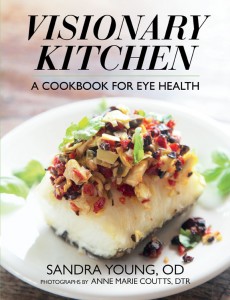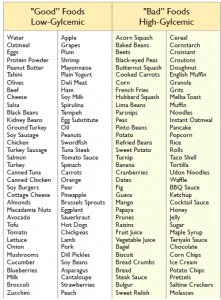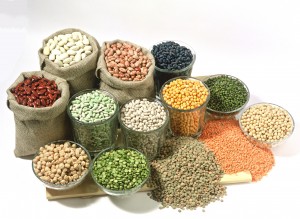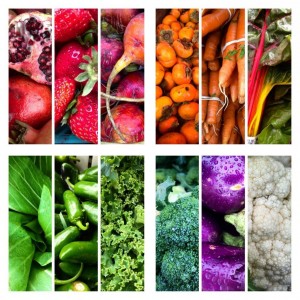9/30/14
Discovery Eye Foundation Blog’s First Three Months
It is hard to believe, but this blog has been providing information and insights into eye disease, treatment options, personal experiences of living with vision loss, and other eye-related information for seven months.
All of this would not have been possible without the expertise of remarkable eye care professionals who took time out of their busy schedules to share information to help you cope with vision loss through a better understanding of your eye condition and practical tips. Since so much information was shared in the seven months, here is a look at the first three months, with the additional four months to be reviewed next Tuesday.

I am very thankful to these caring eye professionals and those with vision loss who were willing to share their stories:
Marjan Farid, MD – corneal transplants and new hope for corneal scarring
Bill Takeshita, OD, FAAO, FCOVD – proper lighting to get the most out of your vision and reduce eyestrain
Maureen A. Duffy, CVRT – low vision resources
M. Cristina Kenney, MD, PhD – the differences in the immune system of a person with age-related macular degeneration
Bezalel Schendowich, OD – blinking and dealing with eyestrain
Jason Marsack, PhD – using wavefront technology with custom contact lenses
S. Barry Eiden, OD, FAAO – contact lens fitting for keratoconus
Arthur B. Epstein, OD, FAAO – dry eye and tear dysfunction
Jeffrey Sonsino, OD, FAAO – using OCT to evaluate contact lenses
Lylas G. Mogk, MD – Charles Bonnet Syndrome
Dean Lloyd, Esq – living with the Argus II
Gil Johnson – employment for seniors with aging eyes
We would like to extend our thanks to these eye care professionals, and to you, the reader, for helping to make this blog a success. Please subscribe to the blog and share it with your family, friends and doctors.
 Susan DeRemer, CFRE
Susan DeRemer, CFRE
Vice President of Development
Discovery Eye Foundation










